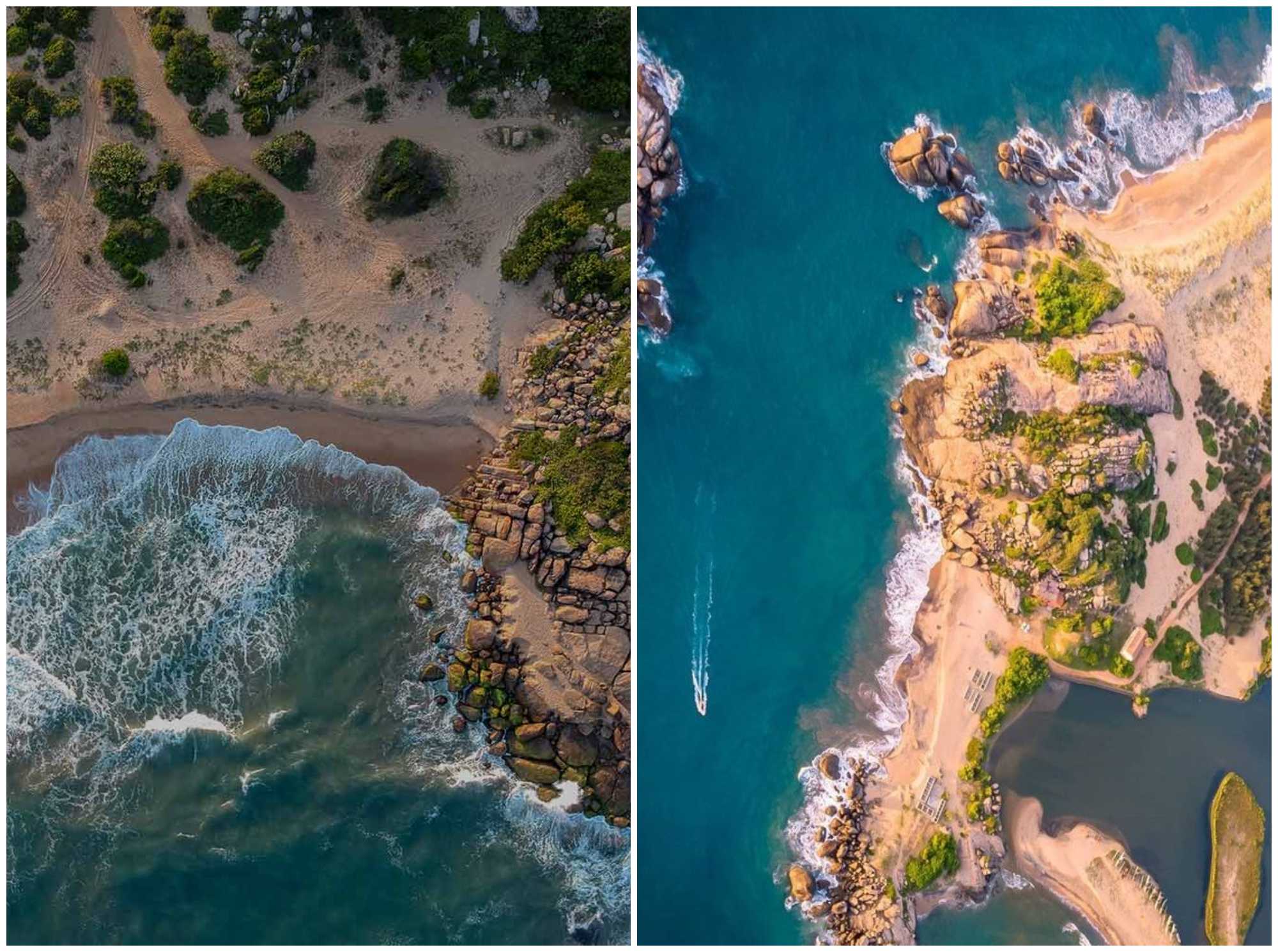
The countryside and coastline south of Arugam Bay is beautifully unspoiled. Buses run three times daily along the narrow, paved but boneshakingly potholed road, which runs a short way inland through rice paddies and scrub jungle as far as the lively, dusty little village of PANAMA, 12km south of Arugam Bay . There are miles of superb deserted beach along this stretch, and a pair of huge rock outcrops popularly known as Elephant Rock and Crocodile Rock for their alleged resemblance to these creatures, though you’ll need a tuktuk (or 4X4) to reach them. Elephants are sometimes seen wandering in the vicinity. Panama itself has a fine, dune-backed beach, 1km south of town; to reach it, pass through the village and follow the road round to the left.
Unmetalled but graded, the main road enhances south of Panama, though access is sometimes prevented by the military at the checkpoint on the way into the village. The countryside here is almost totally uninhabited, and very similar in appearance to that of Yala (West) National Park, with extensive lagoons, scrub jungle and huge populations of aquatic birds, as well as occasional elephants and crocodiles. Some 30km south of Arugam Bay lies the village of Okanda. There’s another popular surfing spot here, and the village also boasts a major Hindu temple, which marks the spot where Kataragama is said to have landed on the island and is now an important staging point on the overland pilgrimage to Kataragama. A few kilometres inland from Okanda lies the extensive forest hermitage of Kudimbigala, whose hundreds of caves are thought to have been occupied by Buddhist monks as far back as the first century BC. Okanda is also the entrance point for Yala East National Park, where the Kumana Wewa tank and surrounding mangroves support an outstanding array of aquatic birds.
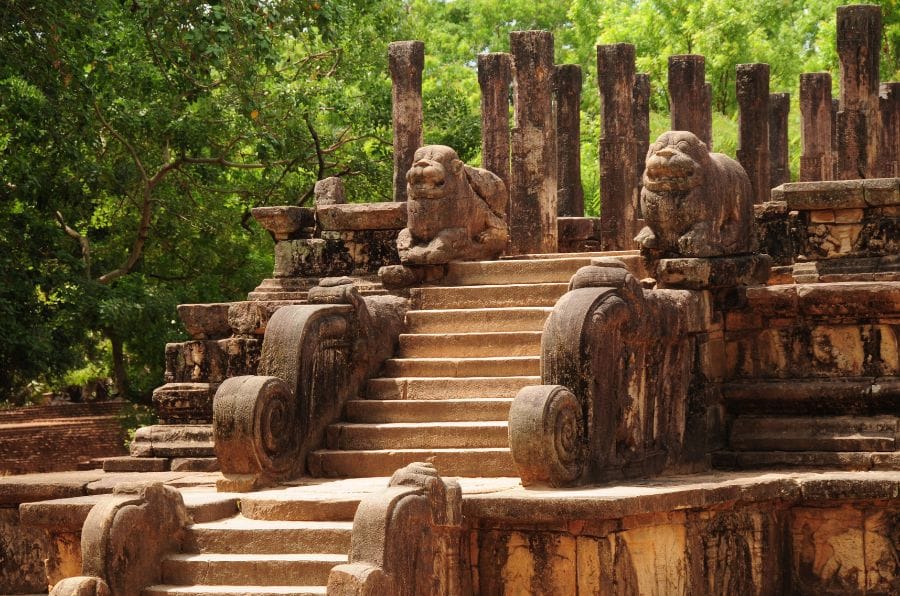
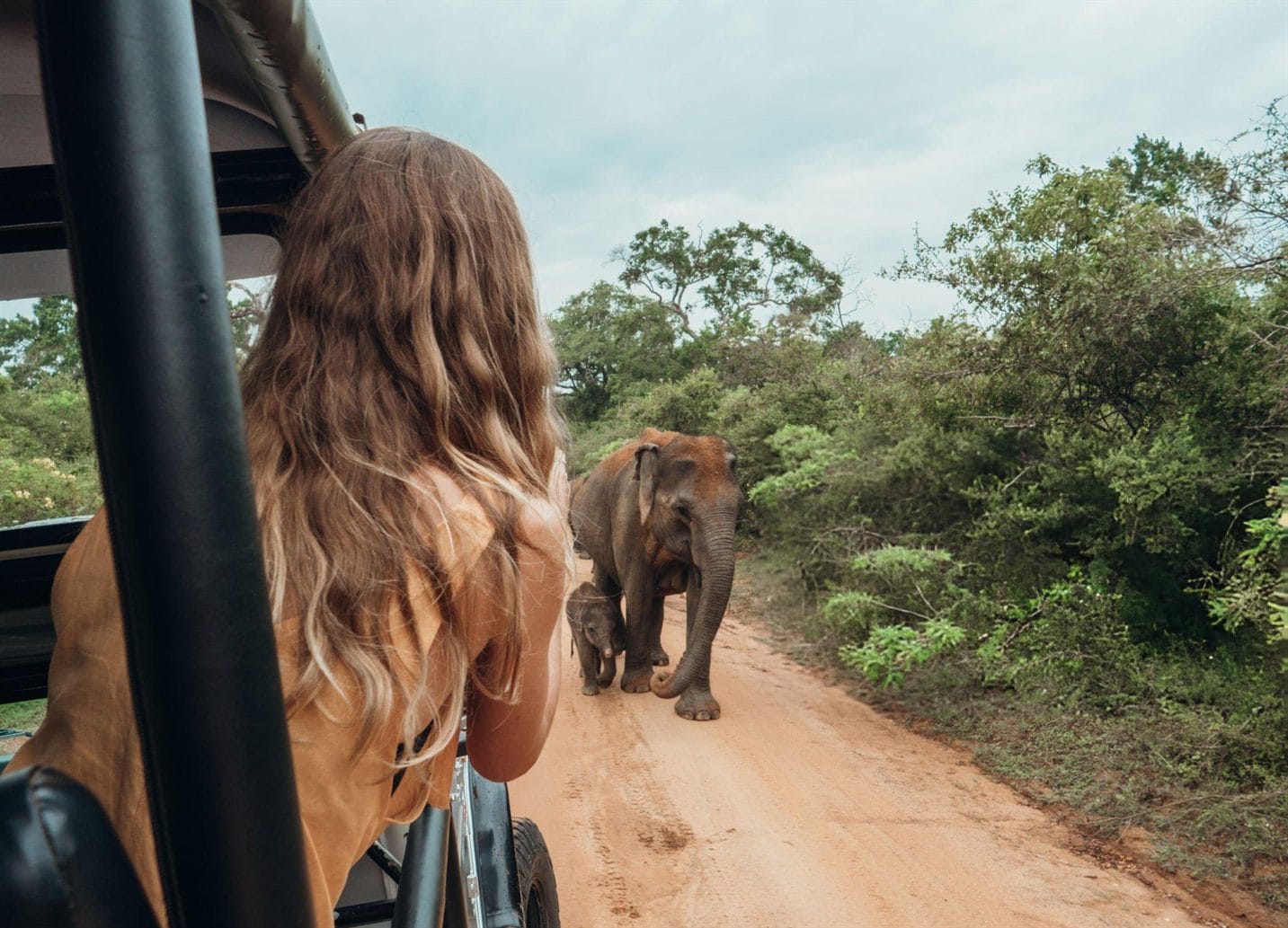
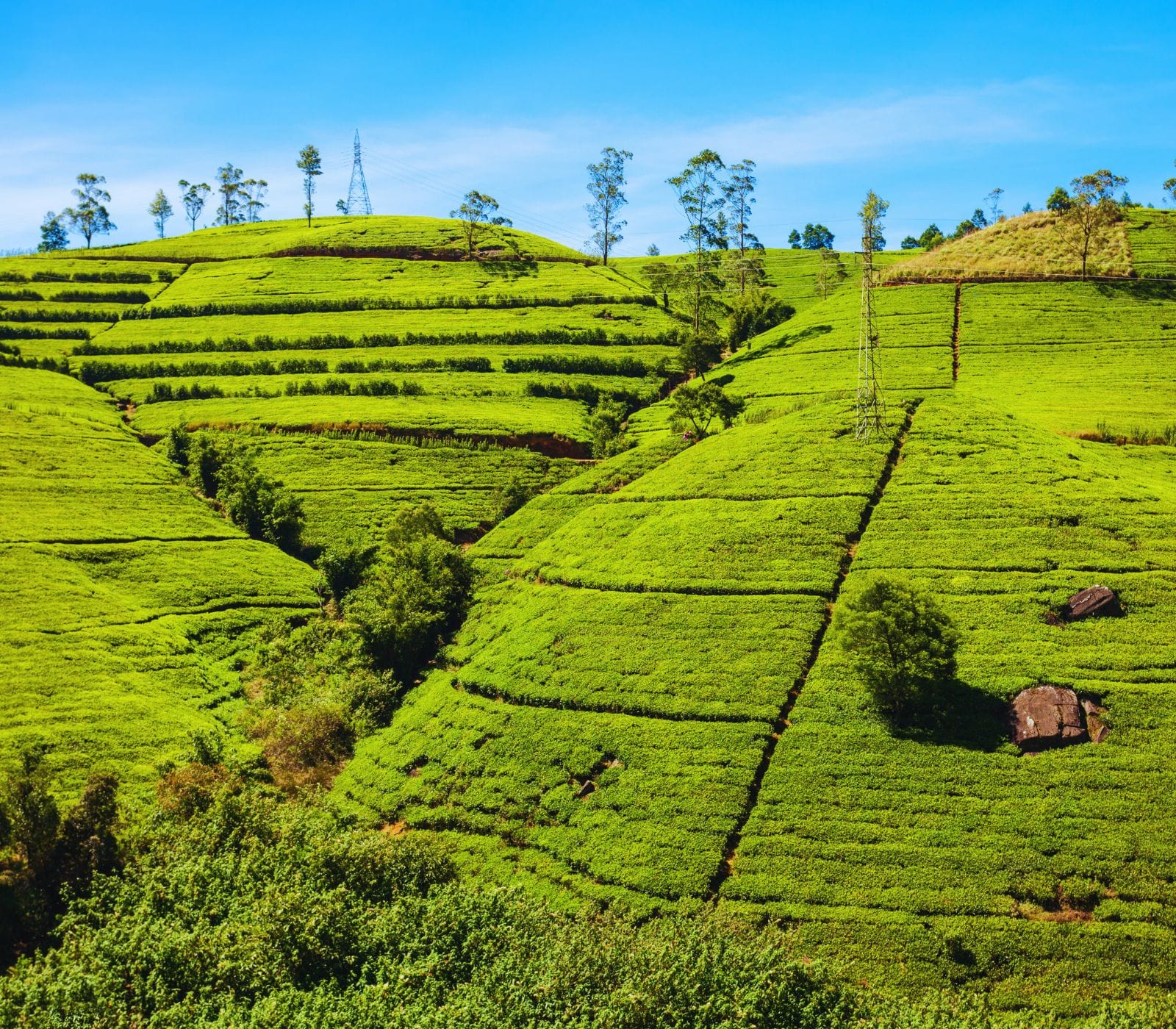
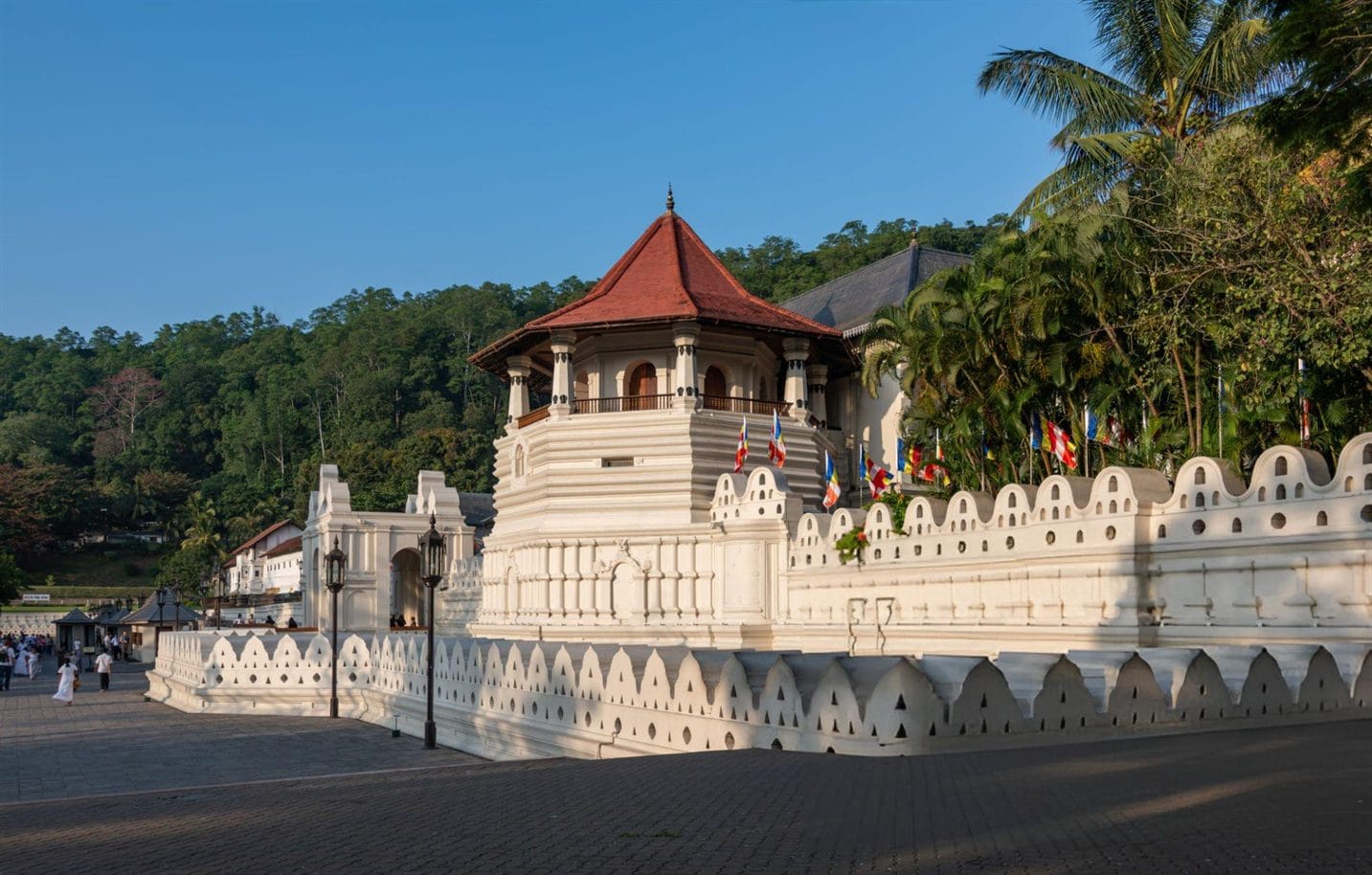
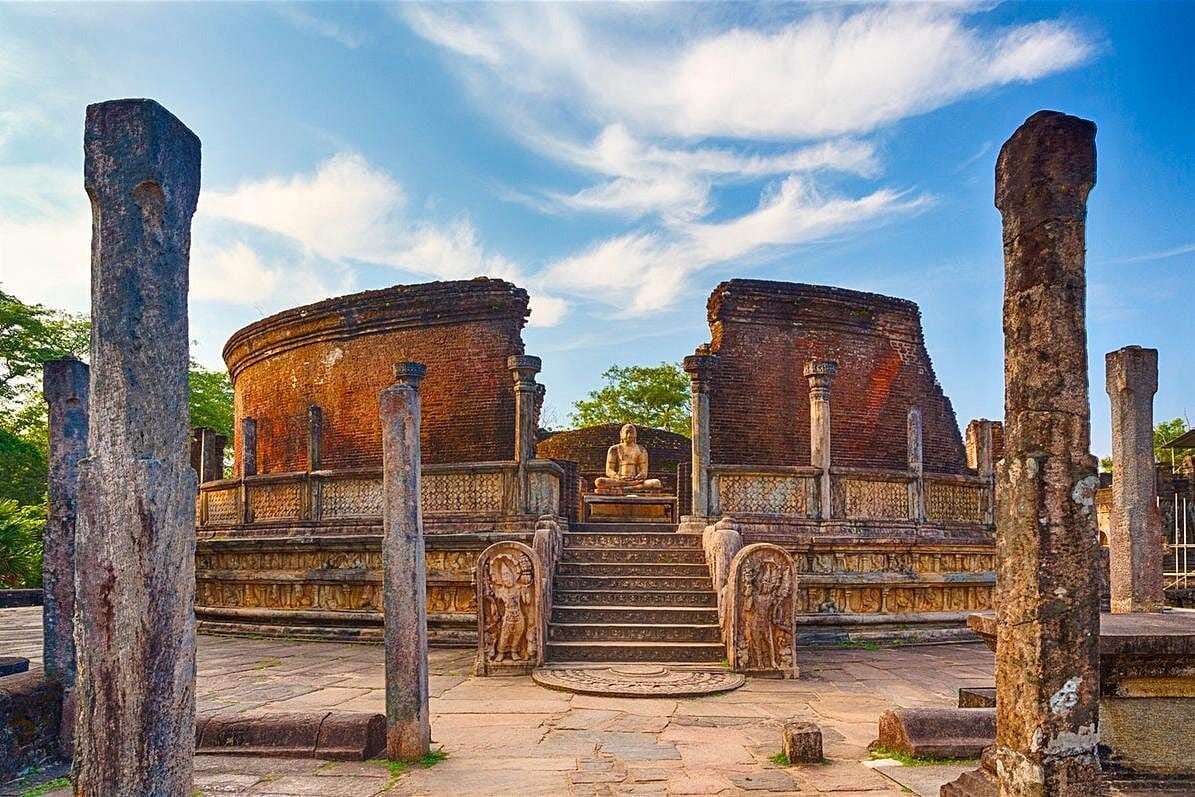


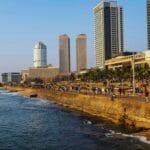

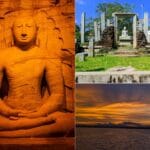
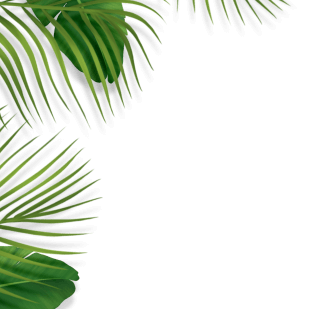
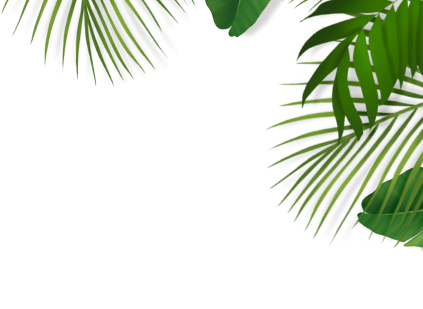
Leave a comment: